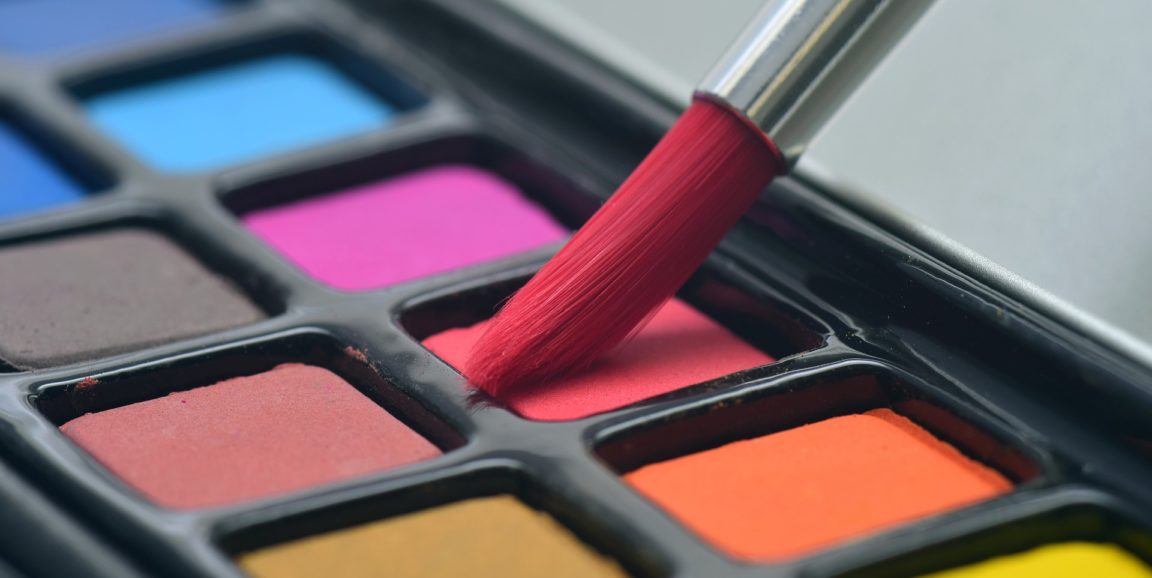My first encounter with a human cadaver was during the second year of my undergraduate experience at Stanford University, in a seminar titled “The Art of Medical Diagnosis.”
My classmates and I huddled around the body, intently observing its musculoskeletal structure. Our hands moved across the pages we held in front of us, rapidly capturing details that most violently grabbed our attentions. We were instructed to use our observations to think about his story, his medical narrative. This course, taught by two pediatric anesthesiologists, offered a perspective frequently undervalued by many undergraduate pre-medical programs: that art and science are equally indispensable within a pre-medical education.
For teachers and students in the increasingly technology-driven field of health care, it's easy to overlook what traditional art training can provide to medicine: attention to detail, which is useful for biomedical research; increased empathy, which is critical for patient interaction; and creativity, which is instrumental in creating personalized health plans for patients. Art teaches students, especially those preparing to enter medicine, the invaluable lessons of empathic communication and interpersonal connections.
Many undergraduate pre-medical programs expose their scientifically-inclined pre-medical students to exciting technological advances in medicine, such as targeted gene therapies or the use of minimally invasive procedures.
Yet these new technologies often come with a host of questions that can only be answered by donning a humanities-focused lens, one that art training can inform. Who has access to this care? What are the potential ethical drawbacks? How does a patient's cultural and ethnic identity play a role in the care he or she receives? Artistic training encourages us to be comfortable navigating ambiguity: after all, we may never know fully what the artist meant to convey.
The crux of this problem is that undergraduate courses synthesizing art and medicine are few and far between. Even at Stanford, where hundreds of niche courses are offered to undergraduates, there are only a couple that specifically deal with the intersection of art and medicine. The courses are capped at a small number of students each; a tiny percentage of the undergraduate population will have the opportunity to attend these classes each year.
During my senior year, I returned to “The Art of Medical Diagnosis” as its teaching assistant and I witnessed its impact on pre-medical students about to start lifelong journeys in the medical profession. Early exposure to the arts allowed them to ask, and attempt to answer, difficult questions that will undoubtedly arise in their future medical training. I could not help but hope that in the immediate future more and more students would have access to these crucial programs.
The need for doctors who understand the social and cultural implications of medicine is not new: over the last several years, medical schools have been ramping up their emphasis on the humanities. Many schools now offer programs that allow students to synthesize medicine and the humanities through art studio courses, history courses, and more.
However, I believe that medical education begins before medical school and that colleges and universities should develop courses accessible to undergraduates that target all aspects of medicine, particularly the arts. Doing so will cultivate a long-lasting generation of physicians who are not only scientifically competent, but also interpersonally dexterous.
Shin Mei Chan is a pre-medical student who graduated from Stanford in 2018. Her interests include technology, art and health care.
Photo by ulleo




